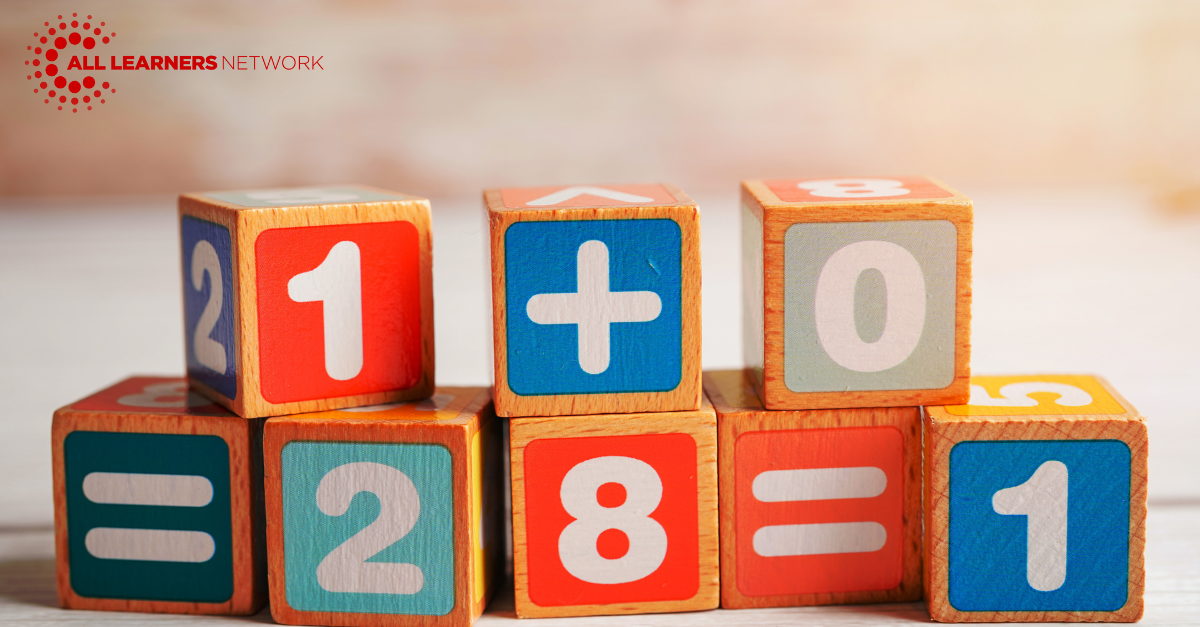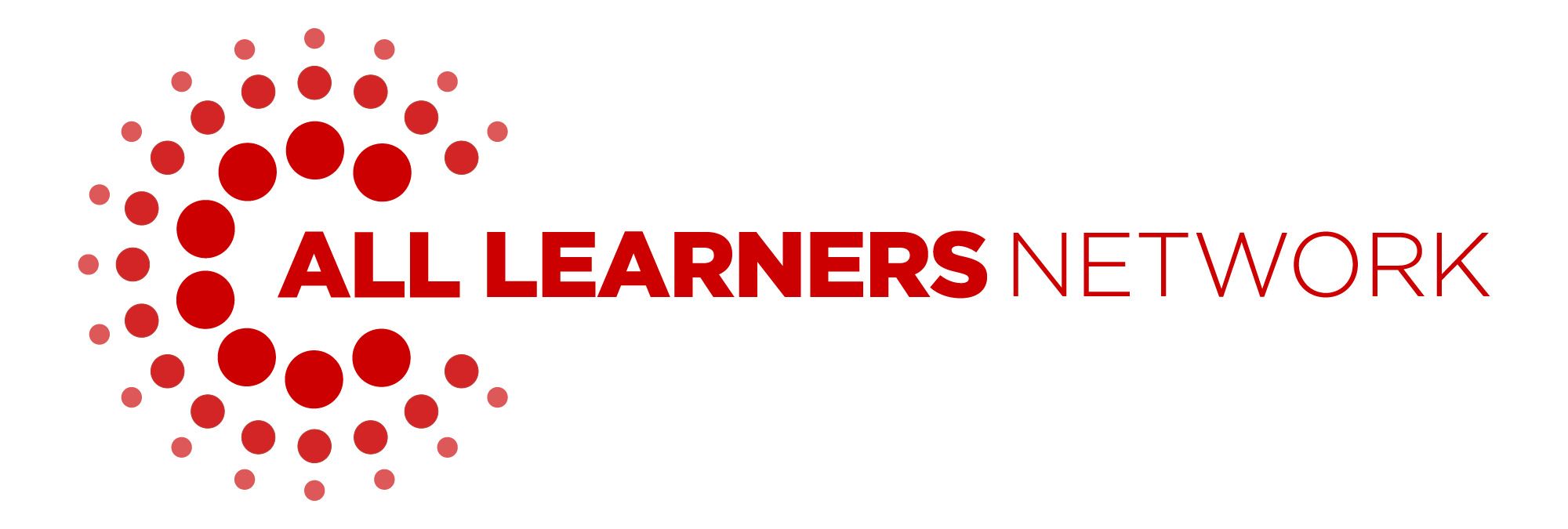
Why Should ALL Math Blocks Include Launch?
At All Learners Network (ALN), we start every balanced math block with Launch. Launch is typically about 5-15 minutes, depending on your time and schedule, and focuses on building number sense, reasoning, community and productive math discourse. Students gather as a whole class to engage in a number sense routine, with time to think independently as well as share their ideas with their classmates.
Why do we start our math blocks this way?
“The first five minutes is the most crucial, and often, underappreciated part of a lesson. At this time, students decide whether or not to fully engage in the task” (Lang, 2016).
These first few minutes are when students decide if they feel included and engaged… or not. This is why it is such an important part of your math block!
Launch can be thought of as a springboard for student discourse that provides a forum for all student voices, which continues in Main Lesson and across the math block. The Collaborative for Academic, Social, and Emotional Learning (CASEL) recommends starting learning with “Welcoming Inclusion Activities.” At ALN, we use Launch as our “welcoming inclusive activity” for math class.
“Welcoming Inclusion Activities are brief, interactive experiences that bring the voice of every participant into the room, making a connection to one another and/or to the work ahead, with each perspective-laden, culturally-rich voice being heard, respected and learned from. The more we fully share ourselves and are fully received and understood by others, the stronger and safer our learning environments become. Growing knowledge of and appreciation for our groups help ensure that we will provide opportunities to welcome people in the ways they need and want to be included” (CASEL, 2019).
This is why we begin our math block with familiar yet engaging routines that are purposefully designed for access and inclusion. Launch is a great way to build community through math discourse and sets the tone for the classroom culture. It allows us opportunities to include all student voices, value diverse perspectives, and embrace the curiosity and joy of math.
In action, Launch is typically done as an “introduction” to your math time, but it doesn’t HAVE to be directly connected to the math block. Some teachers fit it in earlier in the day during their morning meetings or during a break between other transitions. Also, the content you use during Launch doesn’t always have to be directly related to what’s coming up in Main Lesson. Sometimes we use Launch as a way to preview upcoming learning, but often it is a time to reconnect to previous content or return to unfinished learning. Launch can also be connected to content from Math Menu or other content that is happening in the classroom.
Launch is done as a whole group - it is an “inclusion” activity after all! It is important that ALL students get to experience and participate in Launch - this is not the time to have students pulled out of the room for other services. The teacher’s role is to facilitate student discussions in a way that honors and values all voices and ideas. While not every student may speak every day, over the course of a week each student’s voice should be heard in some way. Frequent use of “turn and talk” can ensure all voices are incorporated. We also use student to student re-phrasing or re-voicing to provide the opportunity for students to make sense of and respect each others' ideas.
Launch always includes some kind of number sense routine. These typically focus on mental math, though they often use visual images or other types of media. This umbrella term holds many different types of routines, such as Notice/Wonder, Which One Doesn’t Belong, Same and Different, estimation tasks, number strings, and so much more. Launch routines are never about calculating a specific answer in a specific way - but rather presenting an open-ended visual or numerical prompt that will elicit math reasoning and a variety of strategies or ideas.
Bottom line - Launch is a flexible time that is always driven by the needs of the students in front of you. It should be engaging, inclusive, responsive… and fun!
References
CASEL (Collaborative for Academic, Social, and Emotional Learning). (2019). Social and emotional learning 3 signature practices playbook. https://schoolguide.casel.org/uploads/2018/12/CASEL_SEL-3-Signature-Practices-Playbook-V3.pdf
Lang, J. M. (2021). Small Teaching: Everyday Lessons from the Science of Learning (2nd ed.). Jossey-Bass.
Click here for the printable version.
What Now?
- Download and explore the ALN Math Lesson Structure.
- Learn more about Launch and sign up for an All Learners Online Membership (now two levels to choose from!).
- Bring All Learners Network (ALN) into your school or district for embedded professional development.

All Learners Network is committed to a new type of math instruction. We focus on supporting pedagogy so that all students can access quality math instruction. We do this through our online platform, free resources, events, and embedded professional development. Learn more about how we work with schools and districts here.




